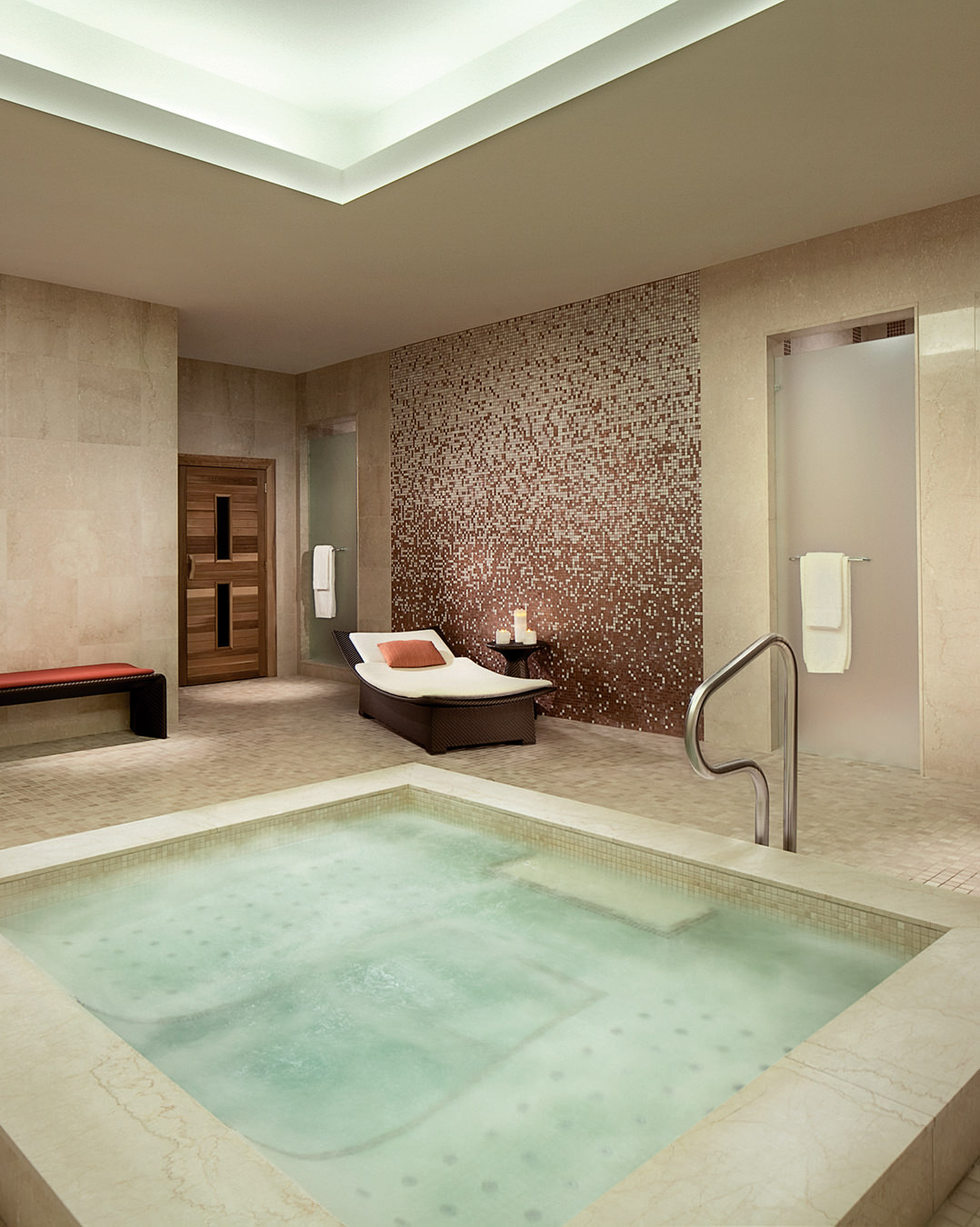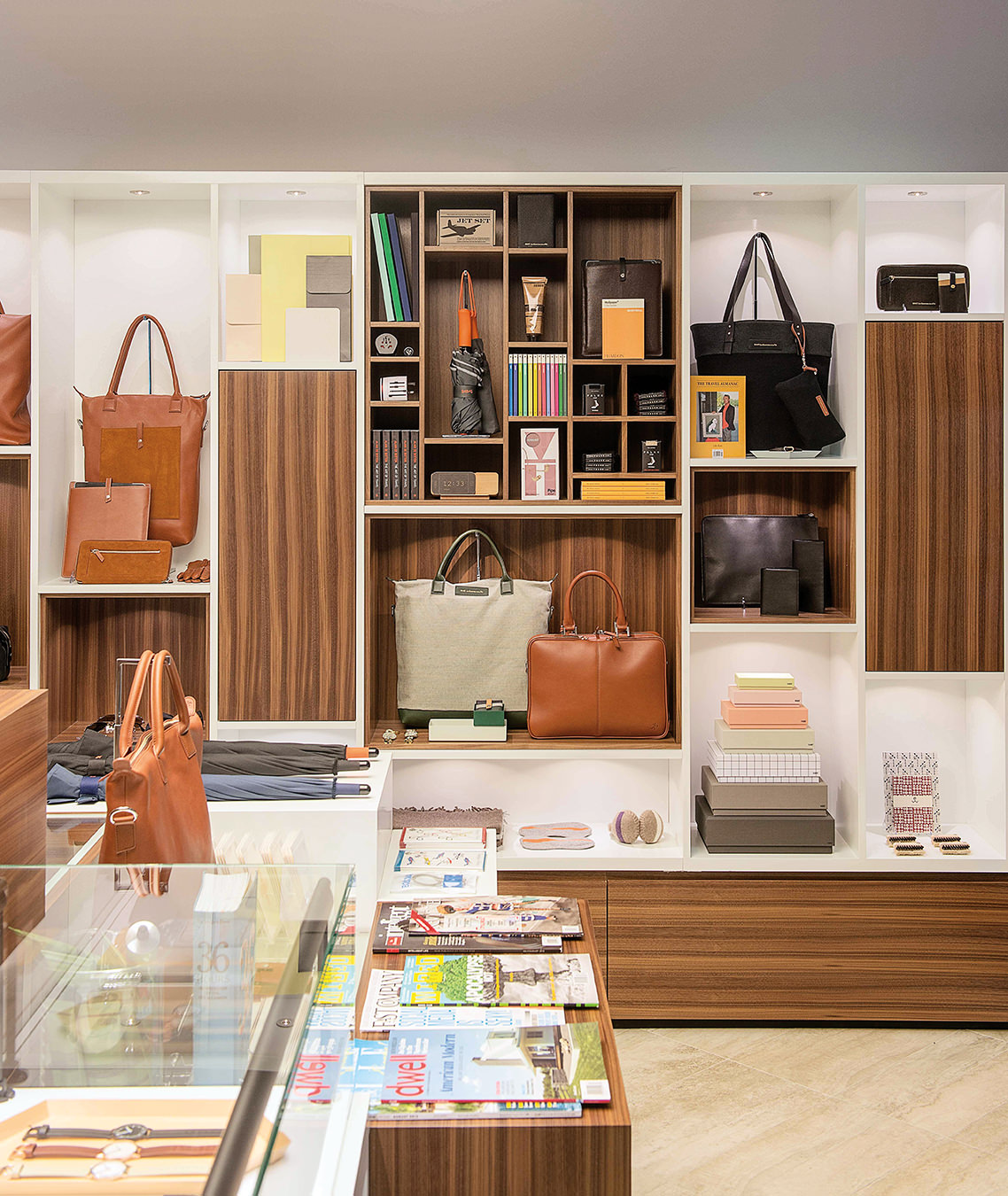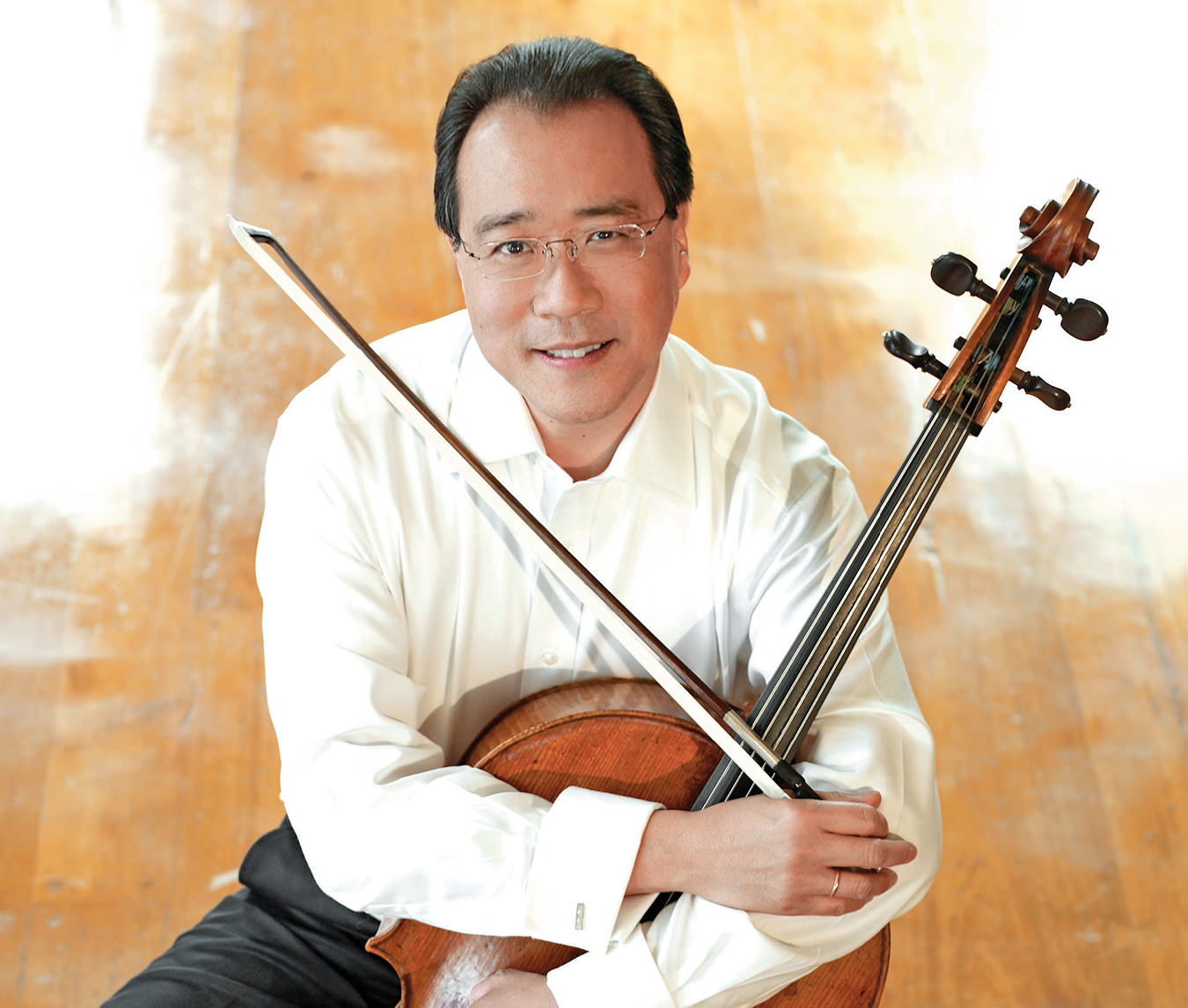-
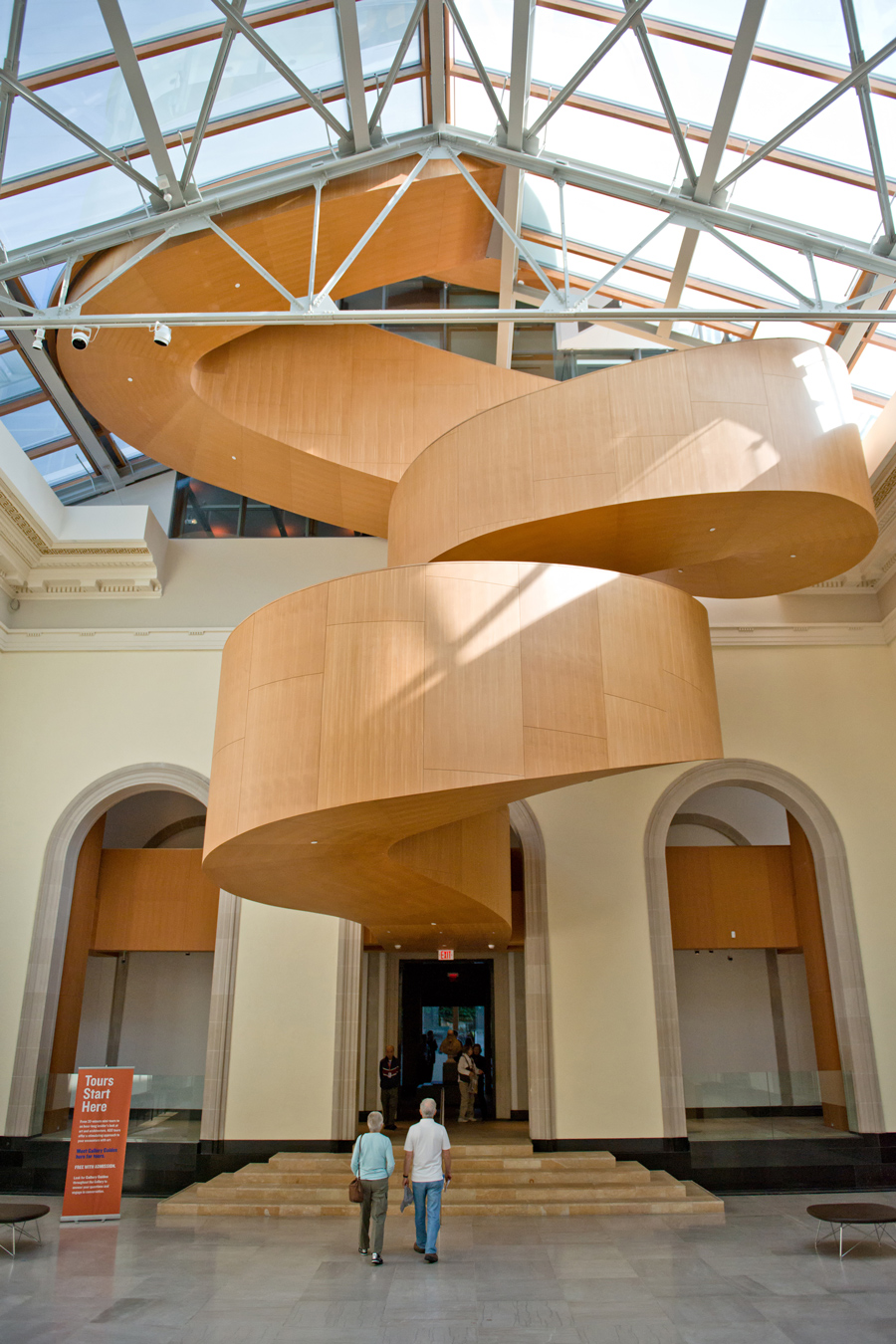
Frank Gehry’s spiral staircase at the Art Gallery of Ontario.
-

The Aga Khan Museum.
-
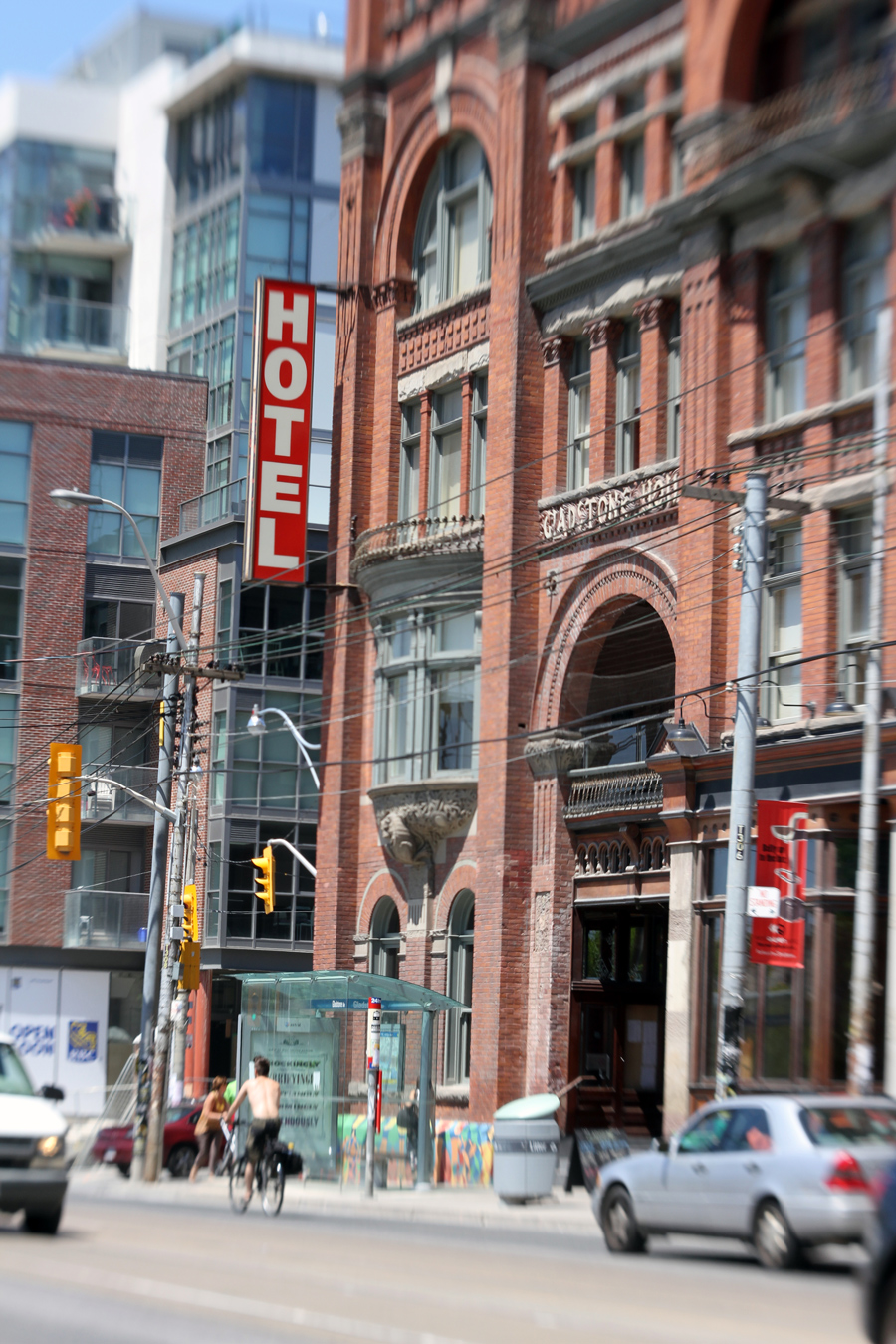
Queen Street West.
-
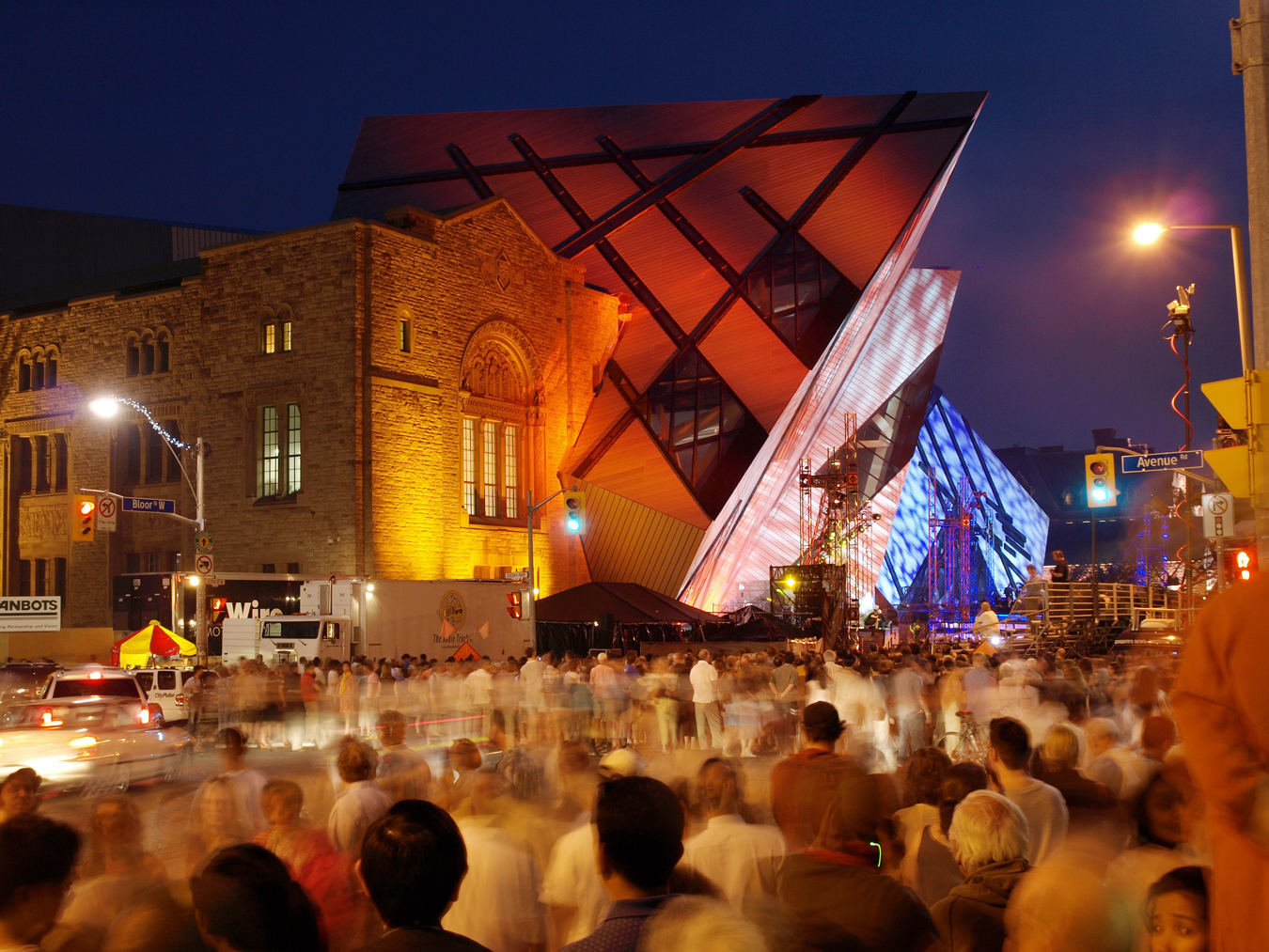
The Royal Ontario Museum.
-

The TIFF Bell Lightbox.
An Art Lover’s Guide to Toronto
Hot culture in the city.
At the millennium’s dawn, visitors to Toronto seeking business deals or power suits probably departed Pearson International well satisfied. Those anticipating cultural riches befitting Canada’s biggest city were likely underwhelmed, however, as Hogtown’s fin-de-siècle rush to the top was largely focused on high finance and even higher skyscrapers.
What a difference a decade makes.
Take the venerable Art Gallery of Ontario, for instance. Frank Gehry’s 2008 transformation includes a cocooning spiral staircase and a “billowing glass facade, which evokes a crystal ship drifting through the city,” as The New York Times describes it. The AGO celebrates its rebirth with animated art parties on the first Thursday night of each month, when millennials mix with artists and DJs, try their hand at creativity, and talk hard over drinks and themed street food.
The past decade’s other notable transformations include the Royal Ontario Museum’s striking renovation, and significantly improved acoustics at the Toronto Symphony Orchestra’s Roy Thomson Hall.
There have been major additions too, most notably the Canadian Opera Company’s purpose-built home of glass and light, the Toronto International Film Festival’s centre of screen culture, TIFF Lightbox, and the serene Aga Khan Museum, North America’s only museum dedicated to arts of the Islamic world.
As this renaissance began, Toronto announced its rediscovery of the arts to the world by joining the global network of Nuit Blanche cities in 2006. From Union Station to a Lake Ontario pontoon, this one-night-only revelation of diverse contemporary art now attracts a million curious people each October.
In 2007, the city doubled down with another major event, Luminato. An annual adventure across artistic disciplines, this festival is remarkable for the number of free events and commissioned works.
One’s cultural rediscovery of Toronto should not be limited to big festivals and institutions, however. While the rest of the city was wheeling and dealing, creativity simmered around the west end of Queen Street West, boiling over to become the city’s official Art and Design district; a.k.a. the section between Bathurst and Gladstone.
Locals bemoan the effects of gentrification, which has prompted the recent departure of some enterprises that made West Queen West cool. Indeed, the Museum of Contemporary Canadian Art’s 2015 closure took a little shine off Vogue’s announcement only the year before that this was the world’s second coolest neighbourhood.
There’s still a whole lot to love though, from Stephen Bulger Gallery’s photography to Brodawka & Friends’ handcrafted shoes, the Bellwoods brewpub’s artfully labelled beers (made from hops grown in local backyards), and art hotels the Gladstone and the Drake (which now has a smart resto-bar offshoot downtown, Drake One Fifty). Take an Art Insite walking tour with long-time local Betty Ann Jordan to discover the best of the best.
Street art is also thriving, particularly along Rush Lane just south of Queen West. Better known as Graffiti Alley, and regularly glimpsed as the backdrop of Rick Mercer’s rant, this kilometre-long backstreet is a kaleidoscope of ephemeral colours and styles. A Tour Guys walk reveals the highlights, and provides a primer on street-art’s history, terminology, and fluid cultural status.
The tour may pause at the 401 Richmond creative hub, whose tenants include Spacing. Like the urban-design magazine that spawned it, Spacing’s shop doesn’t hold back on Toronto pride, offering sweet souvenirs such as subway badges and neighbourhood toques.
Pride in the new Toronto, where art matters.


